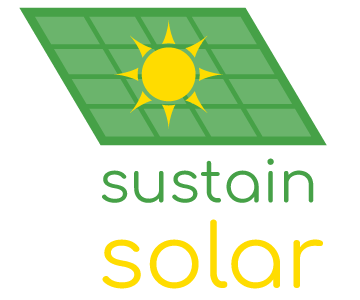Solar PV, which is short for solar photovoltaics (PV) is a form of solar technology used to capture the sun’s energy using photovoltaic cells. There is a misconception that these cells require hot sunny days , it is the light from the sun that generates electricity even on dull cloudy days. The solar pv cells convert sunlight into electricity for use with household appliances and lighting.
Large solar PV systems for commercial properties can power manufacturing units and ground mounted systems have the capability to support a communities electrical needs.
Sustain have installed numerous solar PV systems on domestic properties and various different commercial applications. As such, we are suitably skilled with this particular renewable technology to deliver reliable and effective solutions.
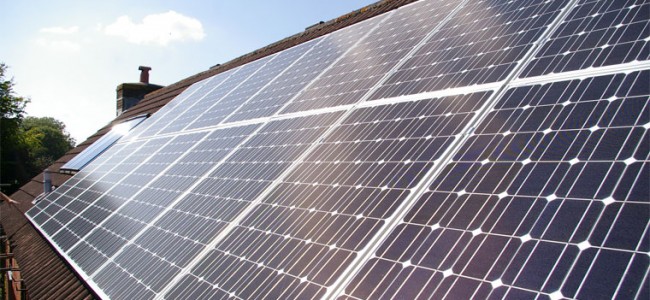
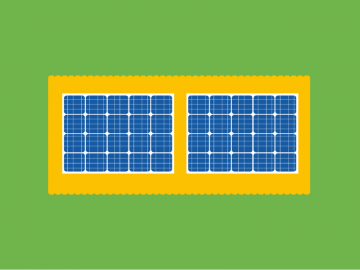
Solar Array
A solar PV system is made up of a number panels and this is known as an array. Solar panels are typically mounted on a roof given that the angle of a roof is of an optimum angle for solar power efficiency. For flat roofs and ground mounted locations the panels are installed on frames so the correct angle is in place to deliver optimum efficiency.
The solar panels generate what is known as direct-current (DC) electricity and this flows to an inverter, which converts the current into alternating-current (AC) electricity for use.
The solar panel is made up of photovoltaic cells and they are typically made of wafer-thin layers of silicon. Most of the solar panels on the market today are constructed of either blue or black tiles.

Solar PV In Operation
When daylight hits the photovoltaic cells this will subsequently create an electric field. The brighter the sunlight and the longer it lasts for, the more electricity that will be produced. A long average summer day in the UK will typically deliver more output for the solar PV system than a short hot day in a Mediterranean country.
A solar PV system will automatically feed the power into a property to operate appliances, electrical items and also large-scale commercial operations. The power that is used during the day will be free and then during the evening, or if you use more energy than you produce, your electricity will be delivered by the electrical grid. The change between using the solar panels and the electrical grid will not be noticeable, the only change you will notice is smaller electrical bills.
Using The Generated Electricity
To make sure that you are as efficient as possible with the use of your solar panels and all that free electricity try to use appliances like dishwashers and washing machines during the day. For manufacturing operations solar PV is a great electrical source for the operations of your business during the day and a fantastic solution for reducing overheads.
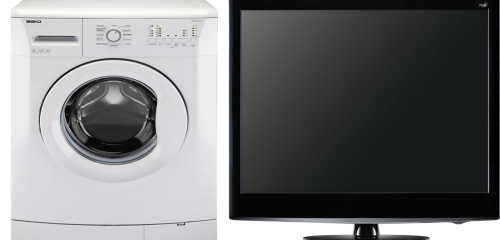
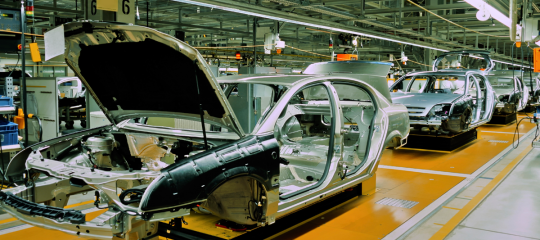
Earn An Income
Solar PV systems currently can’t store electricity, so if you produce more electricity than you actually use during a specific day then the excess will be fed into the national grid for others to use. This excess electricity is where the extra benefits come into effect. You won’t be simply giving electricity back to the grid, you’ll be given a financial incentive as part of the feed in tariff scheme.


FREE Solar PV Installations
Alternatively, if you want a different solution Sustain can install solar panels for free and you can still benefit from cheaper electricity bills. In this instance you will not benefit from the feed in tariff scheme given that the installation is essentially being paid for by Sustain.
This option is available to domestic and commercial customers and is ideal for those people and organisations who don’t have the capital to invest in a purchased Solar PV Installation. See further information on free solar panels and your financial options.
Maintenance
One of the biggest benefits with solar PV is that it needs very little maintenance, you just need to keep the panels clean and ensure there is minimal shade affecting the efficiency of the panels. This may include cutting trees and conifers, so they don’t block any light.
In the UK, many of the panels are installed and tilted at an angle greater than 15°, so predominately they will be cleaned by rainfall to maintain efficiency. Specialist window cleaning companies are supplementing their standard service with cleaning solar panels, so if your panels do get dirty there are services available.
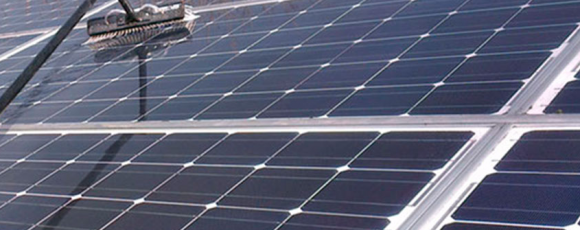
The Costs

The costs of a solar PV system vary depending on the size of the array but in many circumstances it is often a better investment to fill up a roof with solar panels. While it may cost more, the return on investment for the entirety of the feed in tariff scheme is likely to be more significant.
Here are some basic cost considerations:
- A system that generates more electricity costs more but the savings are potentially greater.
- Larger commercial solar PV systems are typically a lot more cost-effective than smaller systems such as the maximum 4kWp system installed on domestic properties.
- PV tiles are significantly more expensive than typical systems made up of solar panels.
- If you were to have panels directly built into your roof, the installation will also be more expensive.
The Benefits

Solar PV is certainly one of the best renewable technologies available today and is a great investment for the future.
Here are some key benefits:
- With a solar PV installation you can reduce your electricity bills significantly. Sunlight is free and plentiful so utilise it to enhance your properties efficiency.
- Through the government’s Feed-In Tariff scheme you can get paid for the electricity you generate, even if you use it.
- If you produce more electricity than you need or there are occasions when you don’t use it the surplus electricity can be sent back to the grid.
- Have a solar pv system installed for free and you will still benefit from lower electricity bills.
- Cut your carbon footprint by installing solar panels that don’t release any harmful carbon dioxide or other pollutants into the atmosphere. An average system could save over a tonne of carbon dioxide per year.
